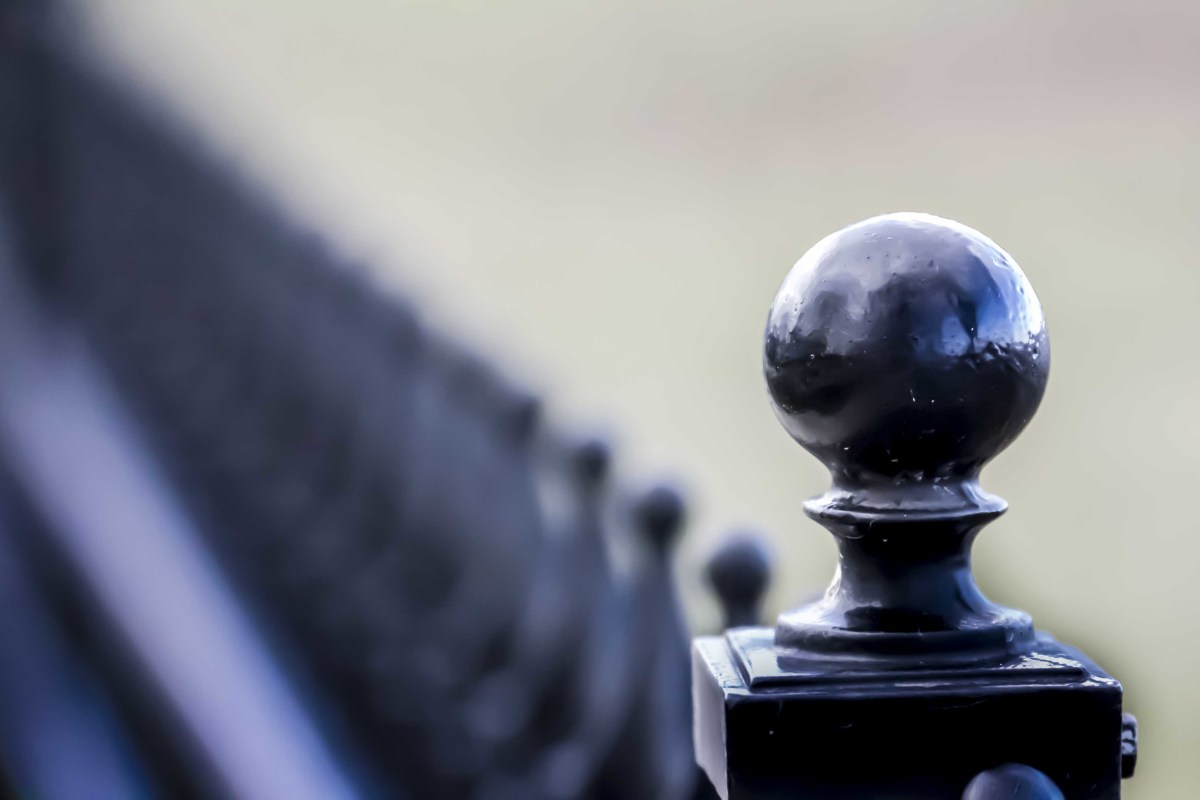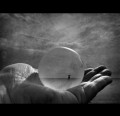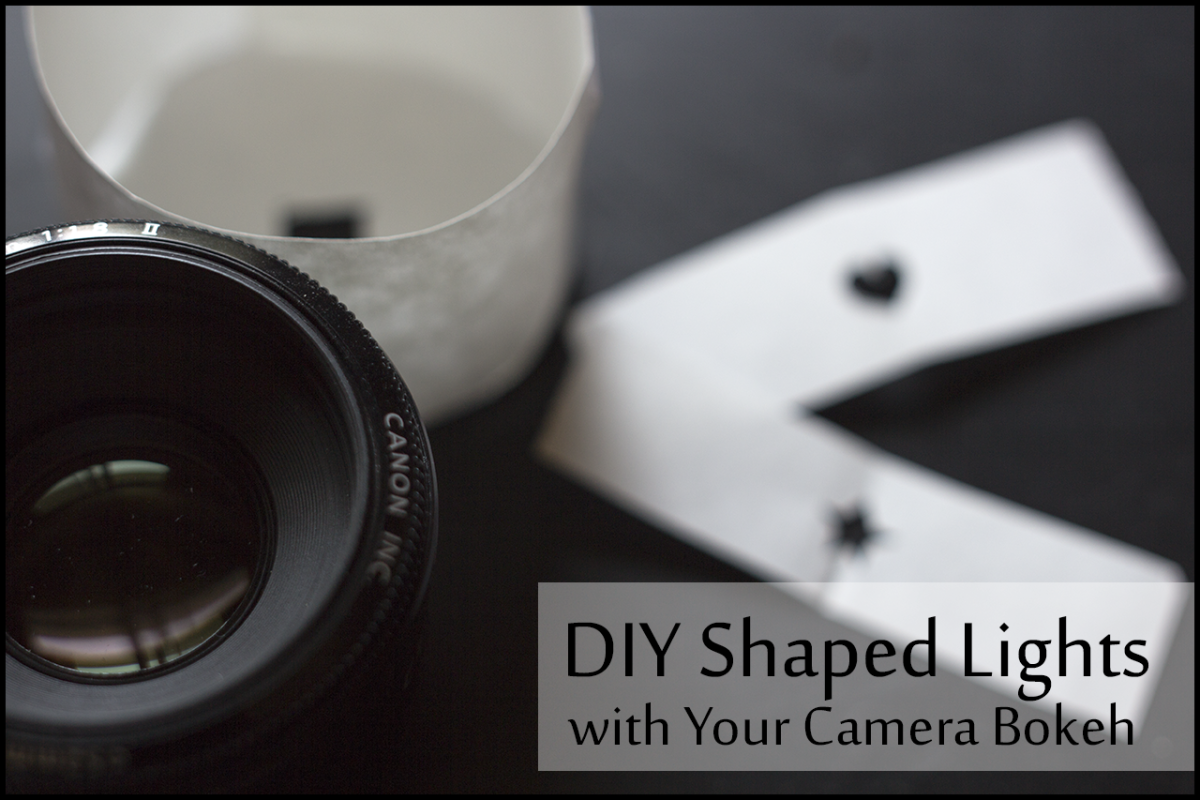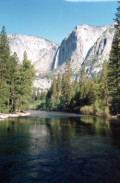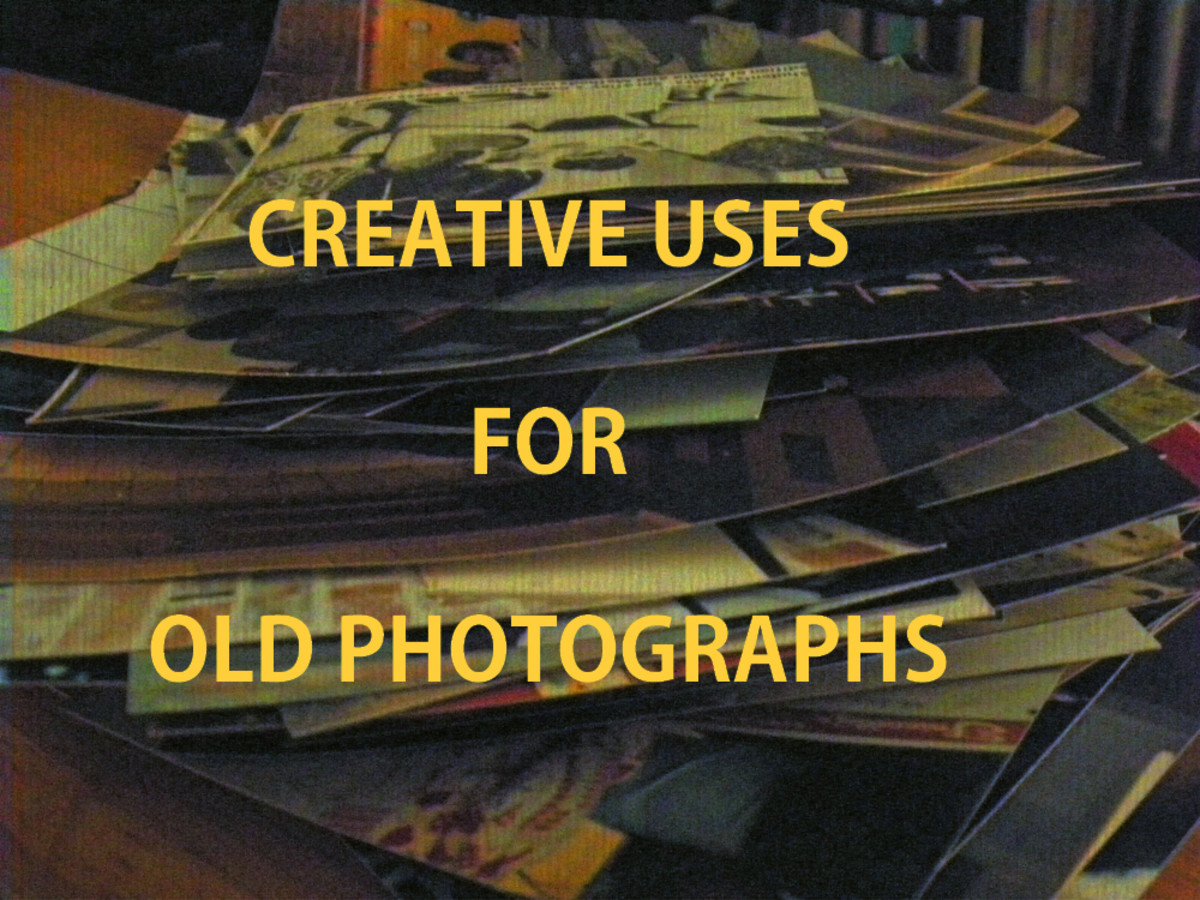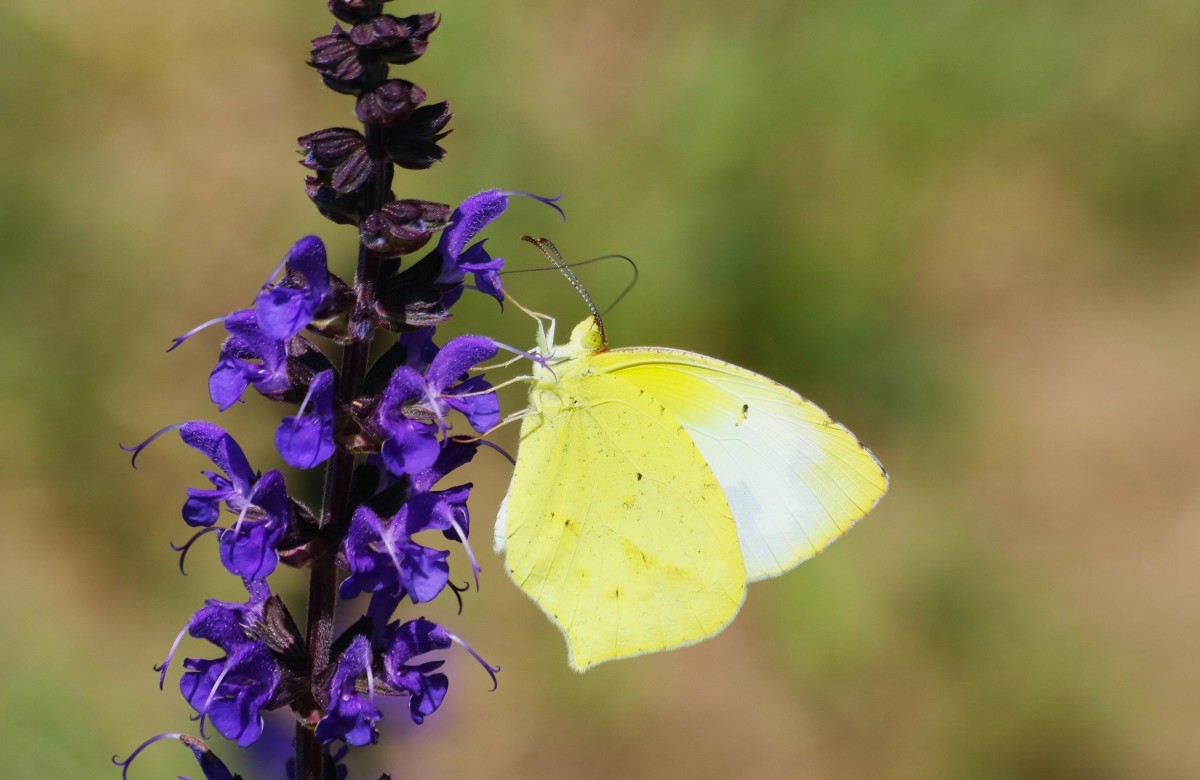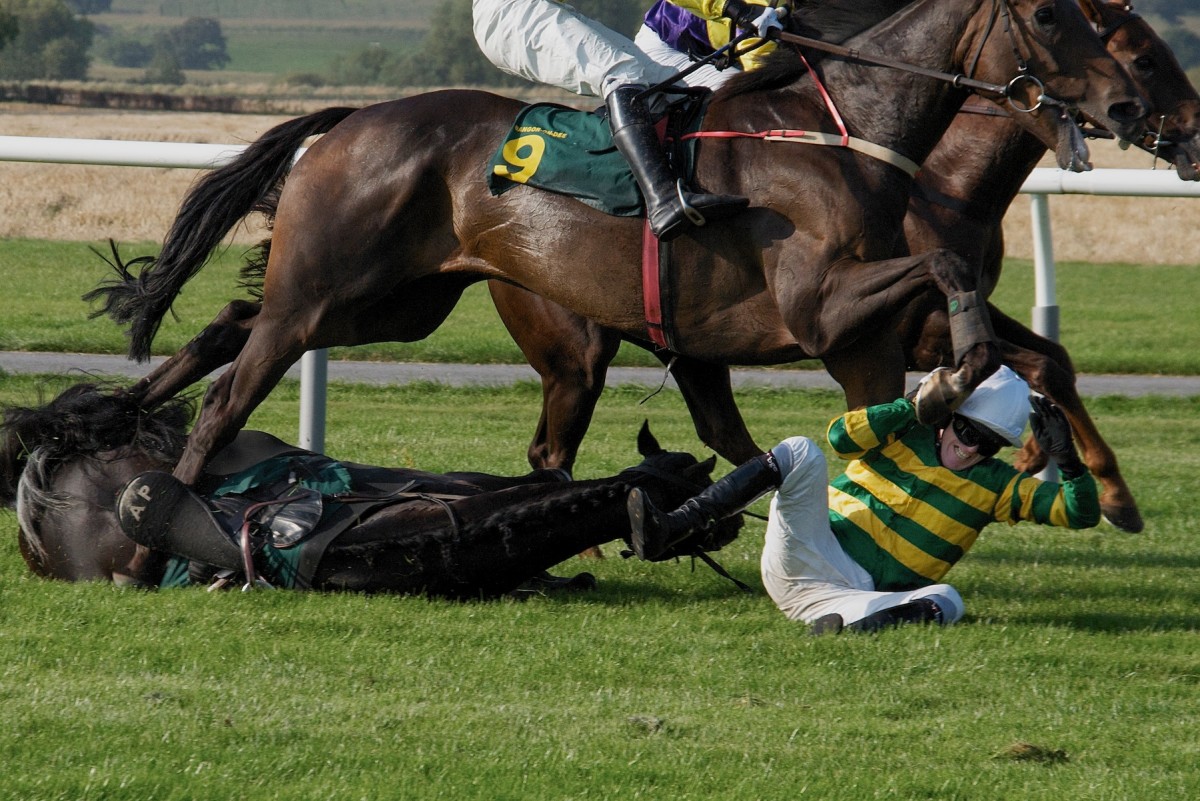Essential Camera Lens Accessories for The Serious Photographer
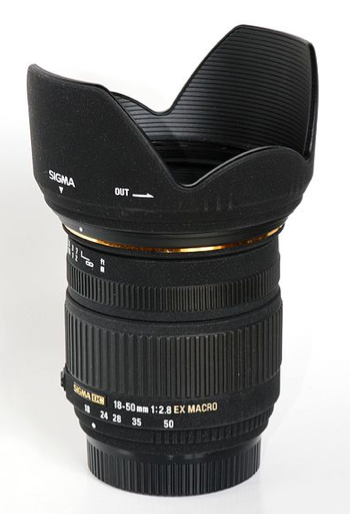
If you are a camera enthusiast or want to become one, there are many different accessories that you can purchase to go with your camera lenses. These accessories include materials for cleaning and fittings that either alter the lens characteristics or they affect the amount or quality of light that enters through the lens. Use of these fittings can make the most of your lenses by creating more possibilities.
Several categories of camera lens accessories are discussed below, accompanied by photos of products that can be found on Amazon. I discuss the usefulness of several of these accessories as seen from what they cost and their utility for creating better images. There is also a video discussing when it is appropriate to use UV filters. If you have any questions or comments about this article or the use of these accessories, please leave a comment below.
Camera Lens Hood
The lens hood is an economical fitting that is attached on the end of the lens to prevents flaring from occurring in your photos. Flaring is when light creeps into your photographs from the sides of the lens. This happens more with some lenses than with others, and it happens when you are shooting towards a light source. There are two types of lens hoods, petal hoods like that shown in the photo above and circular lens hoods that are not indented. Some hoods fit on the outside of the lens, and circular lens hoods are attached via the threads on the cap end. Some lenses require circular lens hoods because the end element rotates, like in the Minolta 28-135 mm zoom lens. You can also buy collapsible rubber lens hoods so they don't take up much space in your camera bag.

Lens Extensions and Teleconverters
Lens extensions can be used for two different purposes, for extending the telescopic range of a lens or for decreasing the focal length for macro photography. Extension rings, or tubes, can also be placed between the lens and the camera body for macro photography. These rings are a relatively inexpensive alternative to choosing a dedicated macro lens or a macro-zoom lens. As you can see in the second Amazon entry above, they really are cheap when compared to spending hundreds of dollars on a macro lens. There is some loss in overall quality of the photos, but extension tubes keep many amateur and enthusiasts happy with image quality. For more information on extension tubes and macro photography see the Hub, Macro Photography Tips.
Teleconverters are used to increase the focal length of a lens. They fit between the camera and the lens as do extension tubes and they can have up to 7 lenses within. These devices increase the aperture value of a given lens so, if a lens is a 1.5 x, it will make the minimum aperture available on a f/2.8 lens become 4.0. A 2.0 x teleconverter will make a f/4.0 lens become a f/8.0, which is too slow for the autofocus feature to work. The faster the lens, the better the results with teleconverters; however, with recent innovations in many digital cameras regarding quality of photos as high ISO values, unecessarily dark photos with teleconverters should be a thing of the past. You may just have to do some manual focus as a compromise, vs. buying a lens that costs perhaps $1000 or more.

Macro Close Up Rings
For beginning photographers, it is common to buy macro close up rings which screw into the end of the lens. These macro rings usually come in sets, which range in strength (diopter) of magnification. The higher the number, the closer the objects will appear. There are cheap macro ring sets and there are more expensive, double glass lenses. What is changed in the images for the more expensive lenses is the quality in the edge of the photo. If you can take a little larger photo and crop the edges, the cheaper lenses will be acceptable for many photographers.
Lens Reversing Ring. You can also buy rings that fit to the camera body that allow you to attach the lens in a reverse manner for use in macro photography. This is also a cheap alternative that does not alter the quality of the image that comes from the lens. This is a good choice for indoor macro photos. As with close up rings, they are very economical.
Flash Diffusers

Macro Ring Flash
This may not be essential, especially if you do not care about doing macro photography, but it does help when you are taking macro photos under poor lighting conditions. Pop-up flashes will illuminate only the top half of what is front of you if you are at close range.
This attachment fits on the outside of the end of the lens. In place of macro ring attachements, some macro photographers prefer light diffusers because the light can be a bit harsh on subjects from macro ring flashes. An example of a flash diffuser that is highly recommended is shown above. It is a flash, rather than a lens accessory - but it fits around the lens. There are also instructions on YouTube that show you how to make your own out of common materials.
Lens Filters
With modern cameras, there are ways to modify images to get the same effects that filters were once used for in film SLR cameras. However, there is one filter that everyone should consider having on hand. For instance, when shooting a scene that has a lot of reflected light, a circular polarizing lens is essential. All you do is rotate it to eliminate light that is coming in from all angles. This increases the amount of definition/detail in front of the lens. Skies are definitely more blue and clouds are more defined when you are taking outdoor photos with a polarizing lens. The results are well worth the money invested.
On the other hand, there is the UV filter. Many people opt for these filters to protect the lens. I found a UV lens useful one day because it protected a $400 lens from breaking when I stumbled and dropped it.
UV lenses may also be important when you are going into an environment where there is a high potential to foul the lens (beaches) or there is a lot of scattered UV light; however, they do decrease the image quality a bit, so many professionals use them judiciously. I have used them quite a bit in my outdoor photography, and have not noticed significant negative effects. You should also know that modern lenses have coatings that limit UV light infiltration.
Conditions Where UV Filters Are Recommended
Camera Cleaning Kits
Last, and certainly not least, is the kit for cleaning the lenses. Protect your investment by cleaning your lenses regularly! Camera lens cleaning kits consist of a brush, a blower, a cloth and a cleaning solution. You can buy kits with wimpy blowers that have a brush attachment, but it is best to buy both separately. You can buy a soft artist's brush to help remove debris from the center of the lens to the periphery. Then, blow out any remnant dust particles with a rocket blower, which is shown above.
The lens cleaning solution is 70% isopropyl alcohol, which you can buy in your local drug store pharmacy. You can buy microfiber lens cleaning cloths at your eyeglass store or pharmacy as well.
The whole process for properly cleaning a camera lens is shown below in the YouTube video. Note that a dust-free environment, plastic gloves and good lighting are also necessary for the cleaning process.


